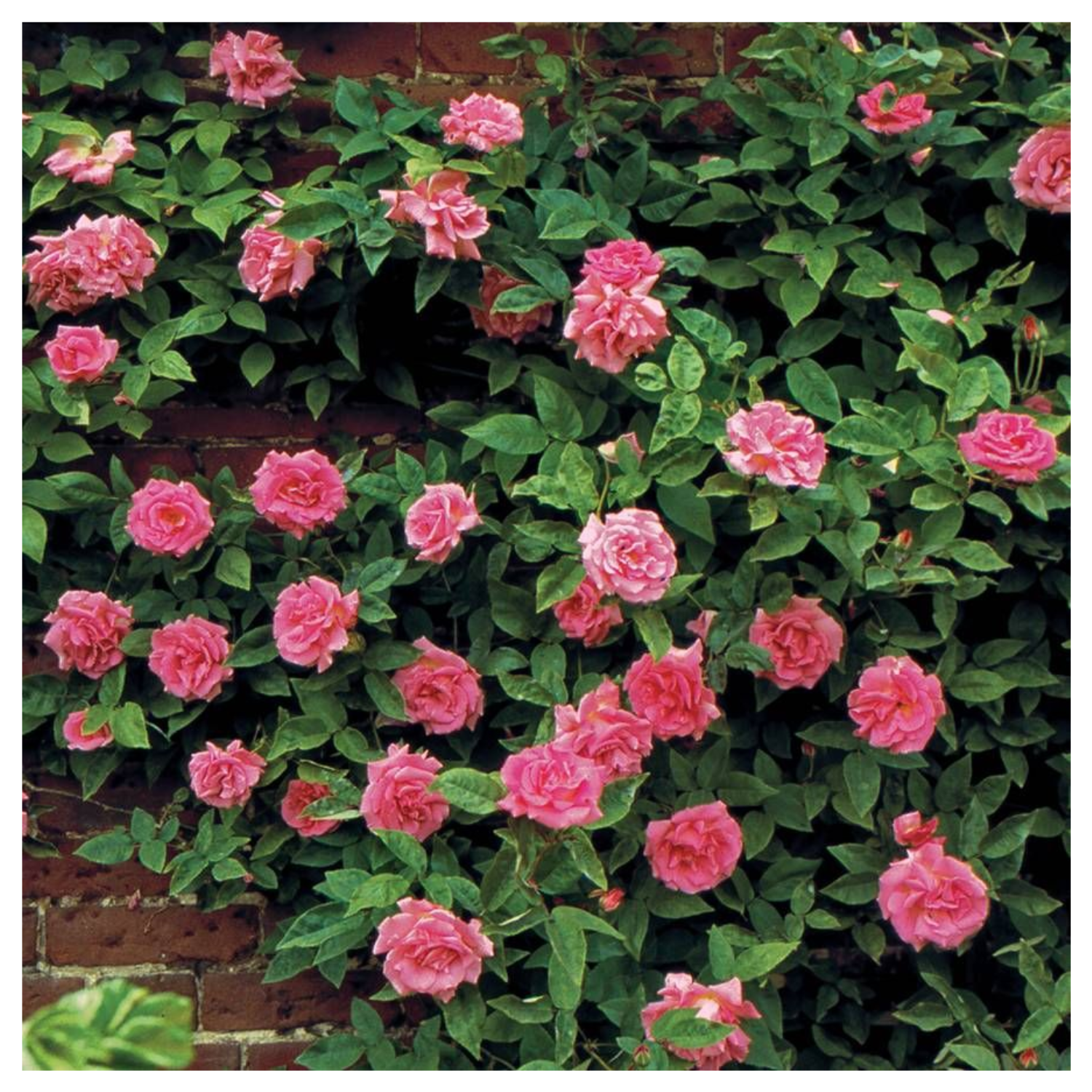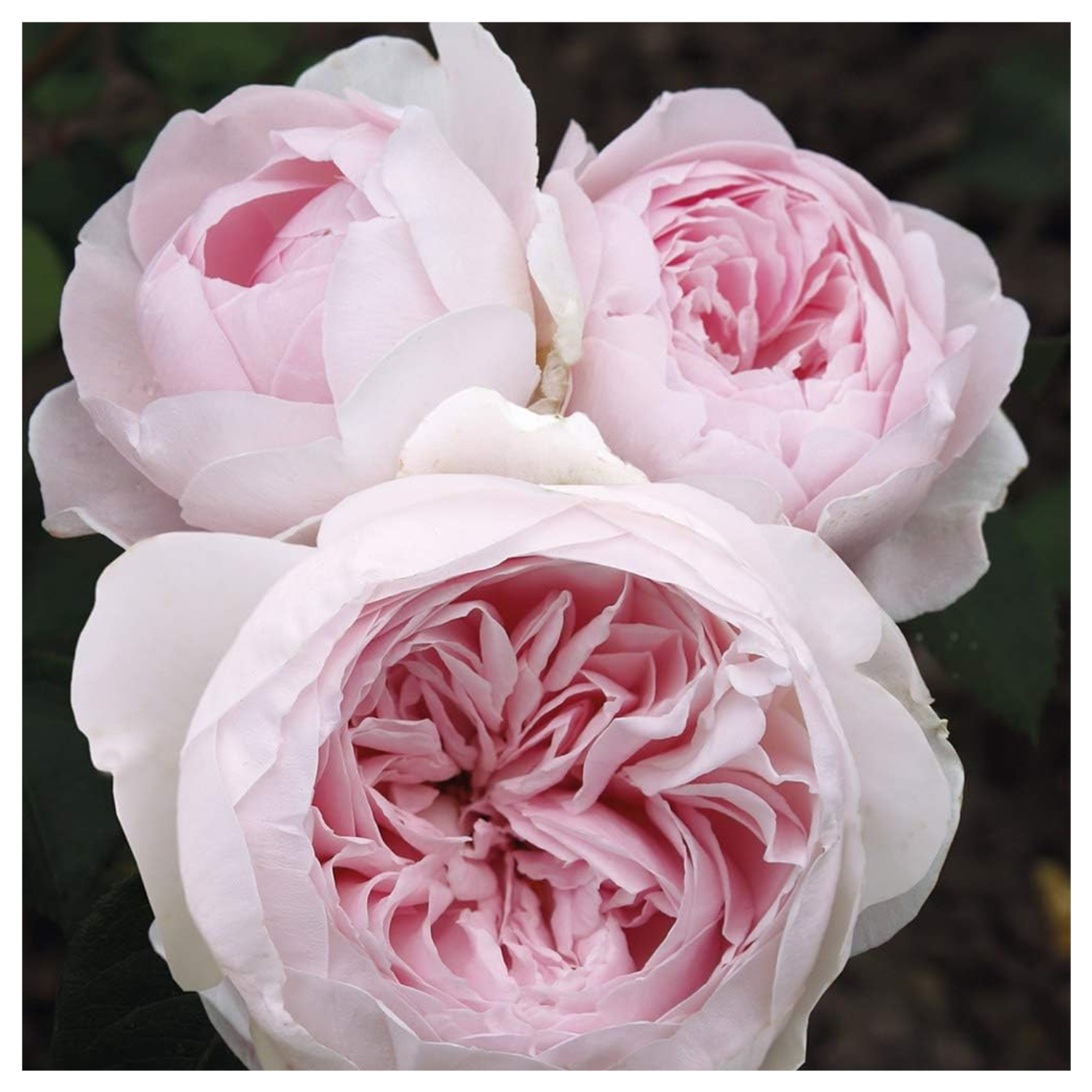How to Winterize Roses — Simple Steps to Protect These Radiant Flowers From the Cold
Keep your roses from freezing over this winter with these clever shielding techniques, from a gardening expert
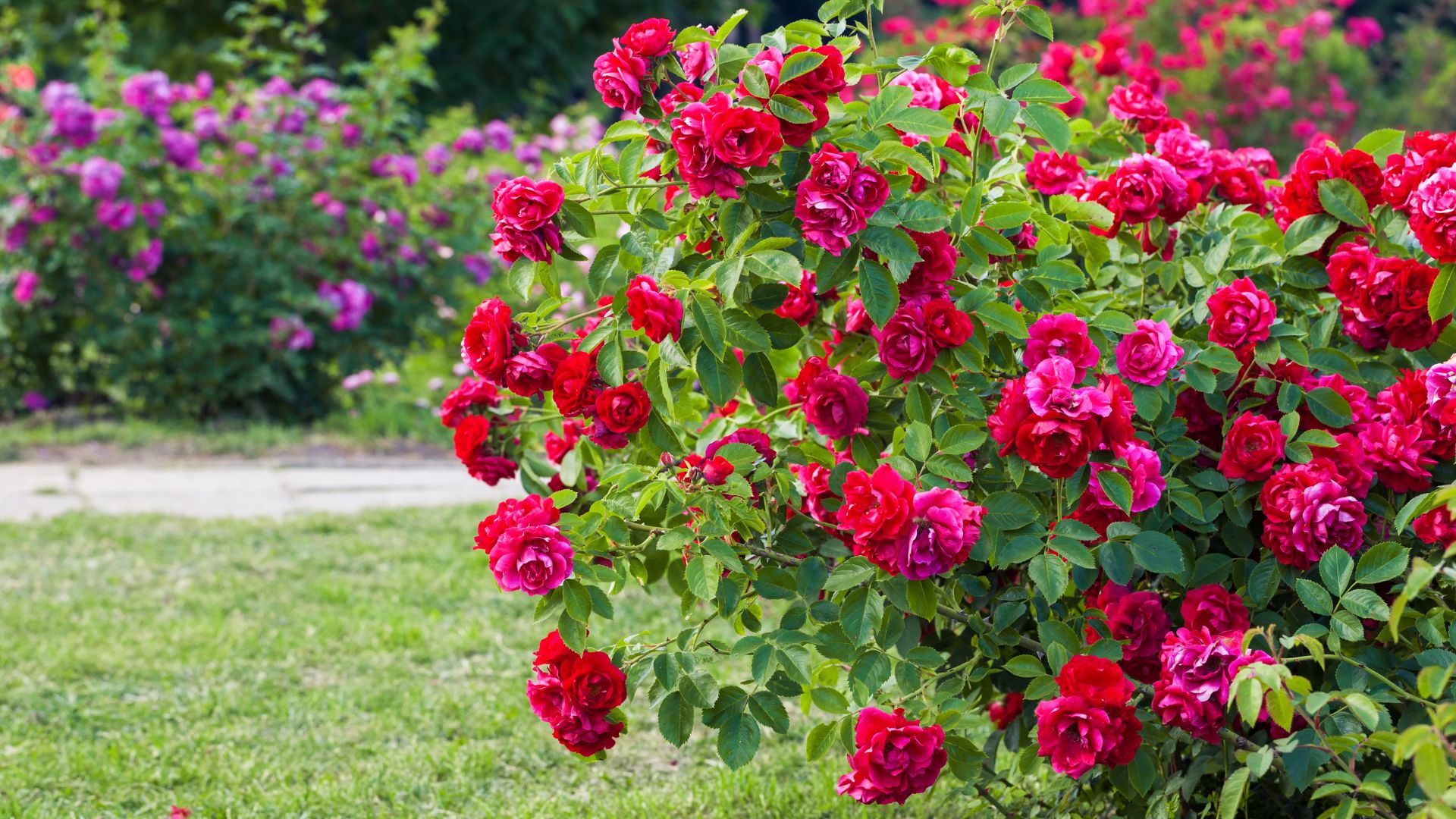

As we head towards winter, it's important to shower your garden with an extra bit of love. There are plenty of delicate flowers that don't care for cold weather, and roses happen to be one of them.
When it comes to taking care of your plants during the freeze, there are two principles to follow — overwintering and winterizing plants. In the case of winterizing roses, there are a few delicate steps you'll need to take to protect these radiant blooms. They add so much personality to a home garden, and with all the effort that goes into them, we wouldn't want to let them wilt over winter.
Since USDA zones 1 - 6 typically experience freezing, we recommend plant parents in these areas tend to their roses pre-frost. To make sure that you protect your roses like a pro, we have collected some handy expert advice that's sure to keep your flowers safe.
How to Winterize Roses?
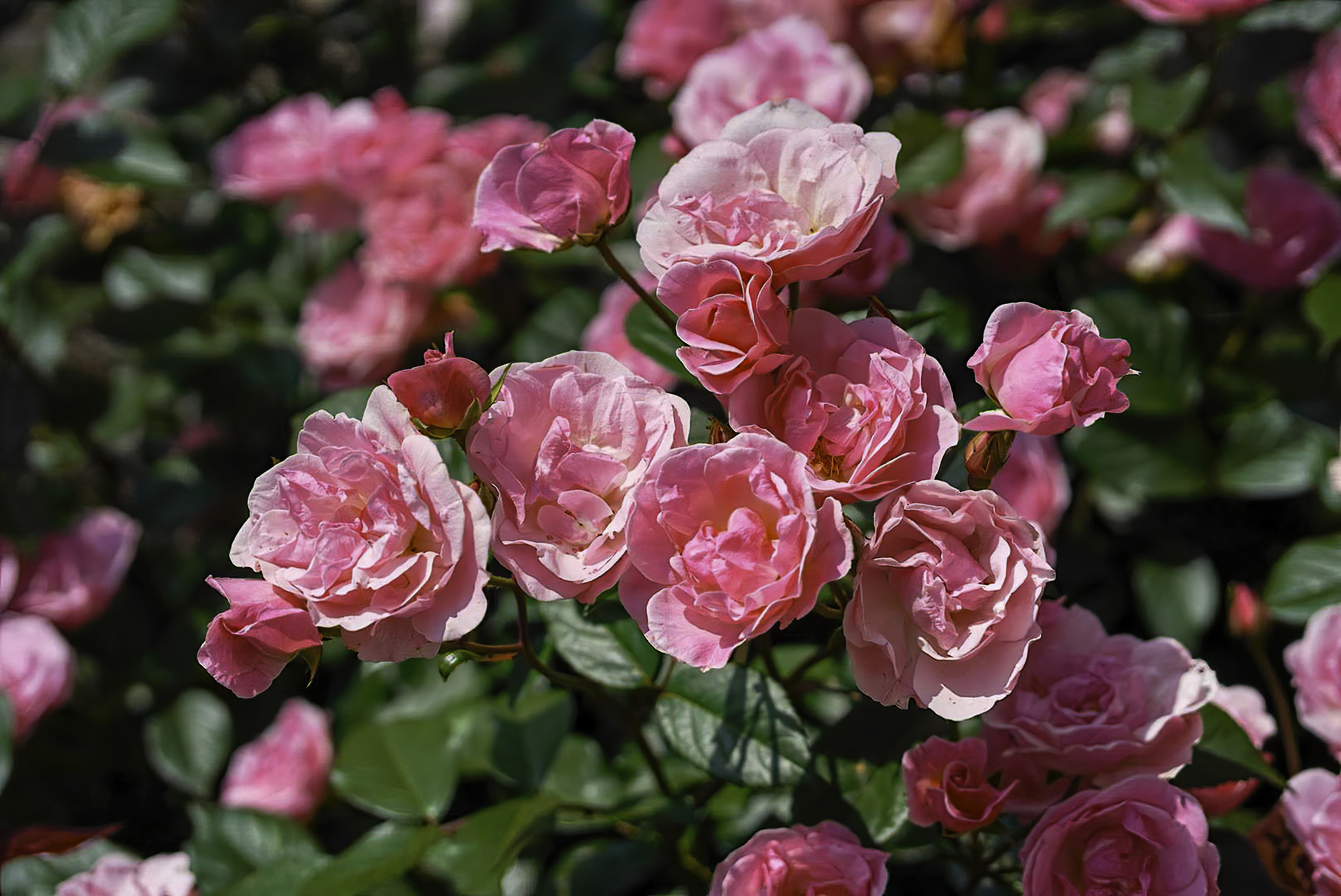
Aside from gardening hacks to make your roses look better, it's processes like these that are essential to keeping your flowers alive. So let's get into gardening expert Tony O'Neill's go-to method for winterizing roses.
Step 1 - Stop fertilizing in late summer: "About six weeks before the first frost, stop fertilizing your roses to encourage them to go dormant," says Tony. He tells us that this is the first step to preparing your roses for winterization.
Step 2 - Water deeply in late fall: Next, he encourages gardeners to thoroughly water their roses before the ground freezes, as this will keep the roots hydrated through winter.
Step 3 - Apply mulch: Then, Tony recommends adding a thick layer of organic mulch (6-8 inches) around the base of the plant to insulate the roots from freezing temperatures. Roses love shredded cedar mulch, so we find this 100% Natural Cedar Shavings Mulch from Amazon to be a great garden buy.
Step 4 - Prune lightly: "Cut back any dead, damaged, or diseased wood to prevent these issues from worsening over winter," he advises. "And avoid heavy pruning, as it may stimulate new growth that can be damaged by the cold."
Step 5 - Mound soil or compost: Finally, he suggests using mound soil or compost around the base of your roses for added insulation against frost. This Natural Mint Compost by Heirloom Roses from Amazon is formulated for roses and can be used even after winter ends.

I'm Tony O'Neill, a gardening expert and best-selling author. I am an educator with a thriving YouTube channel that has 426,000 subscribers and receives over 1.4 million monthly views. Through my award-winning website, simplifygardening.com, I share my passion for gardening and sustainability. I've authored books including "Composting Masterclass," "Your First Vegetable Garden," and "Simplify Vegetable Gardening," empowering individuals to cultivate their own green spaces.
How to Winterize Climbing Roses?

The learning doesn't end with simply understanding how to plant climbing roses. To properly care for them, it's important to learn how to winterize them as well. Here's Tony's step-by-step guide to follow.
Step 1 - Tie canes to supports: To start off, he tells us to tie the rose canes securely to their trellis or arbor to prevent wind damage during winter storms.
Step 2 - Mulch the base: As with bush roses, Tony recommends applying a thick layer of mulch around the base to protect the roots.
Step 3 - Wrap the canes: He also suggests wrapping the canes in burlap or horticultural fleece to protect them from frost and harsh winter winds. Buying multi-purpose protective fabric, like this Gardening Burlap Roll from Amazon, allows you to cut and attach it as you please, depending on where your roses are climbing.
Step 4 - Remove leaves: "Lastly, gently remove any remaining leaves," he says. "This will reduce the risk of disease and pest problems over the winter months."
How to Winterize Potted Roses?

Now, if you happen to be growing roses in a container gardening format, the winterizing process is much easier. Tony tells us that the following four-step method is a life-saver for freeze-prone potted roses.
Step 1 - Move the pot: "If possible, move your potted roses to a sheltered location like a garage or an unheated shed," he advises. "This will protect them from the freezing temperatures outdoors."
Step 2 - Insulate the pot: Next, he urges gardeners to wrap the pots in burlap or bubble wrap to protect the roots from freezing.
Step 3 - Mulch the soil: He finds covering the soil surface with mulch to be especially helpful for retaining moisture and insulating the roots.
Step 4 - Water sparingly: "Water your potted roses just enough to keep the soil from drying out completely," he says. "But avoid overwatering them during the dormant period."
With Tony's reliable winterizing techniques, you won't have to stress over losing your gorgeous rose garden to a measly frost. By simply identifying the types of roses in your garden and tending to them specifically, you can extend these blooms to next season.
Once the final frost comes to end, you can then bring your roses out of their protective spots and shed their winterizing layers. Following this, you can return to your regular rose care routine and treasure your lush garden.
FAQs
Should You Cover Roses?
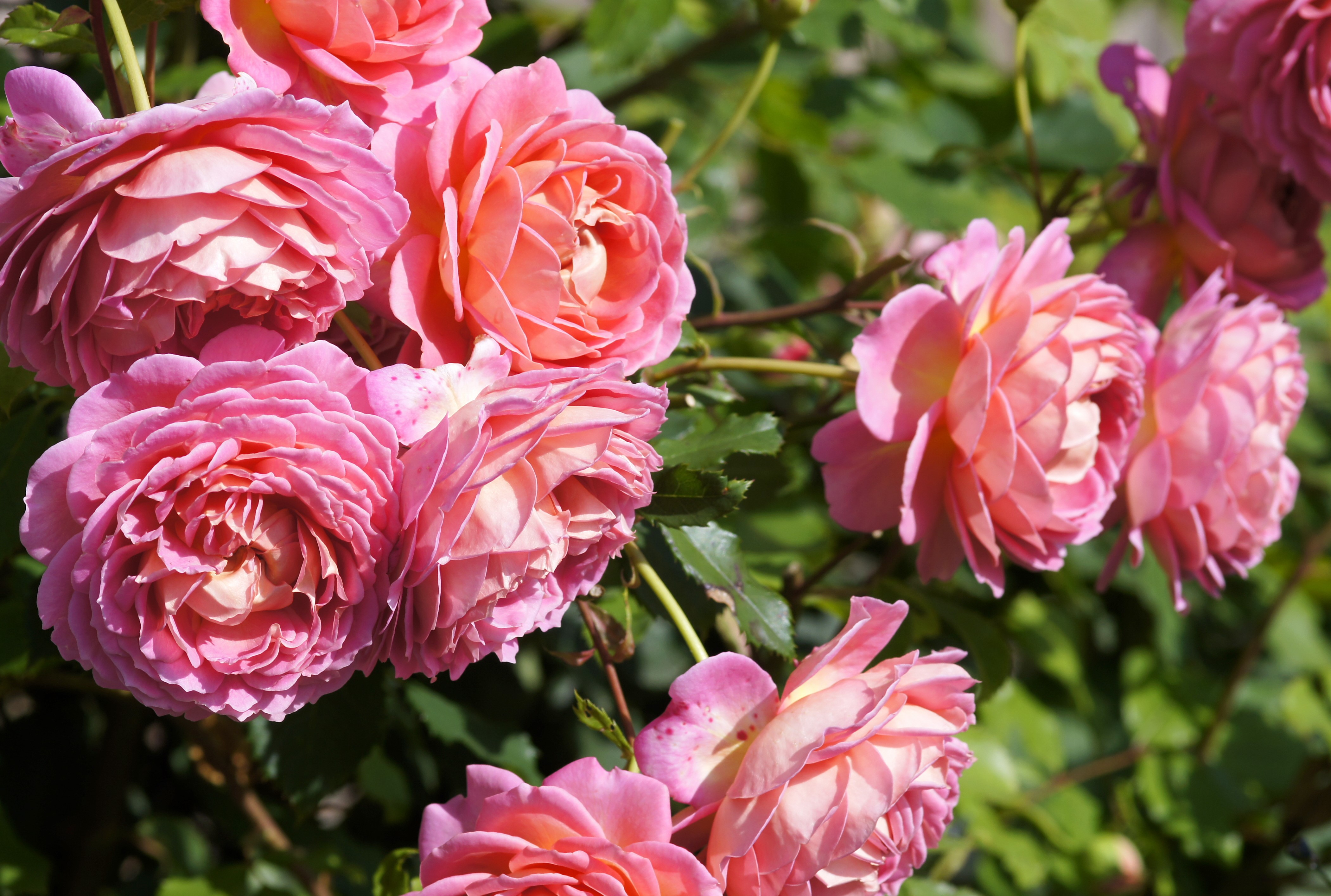
Tony tells us that in some cases, covering roses is advisable. "Once temperatures drop consistently below freezing (32°F / 0°C), it's time to cover your roses," he notes. "Use burlap, horticultural fleece, or rose cones to cover your roses, especially in colder zones."
He points out that hybrid teas, floribundas, and any less hardy varieties should be covered, while others may not require this added layer of protection.
Should You Cut Roses in Winter?
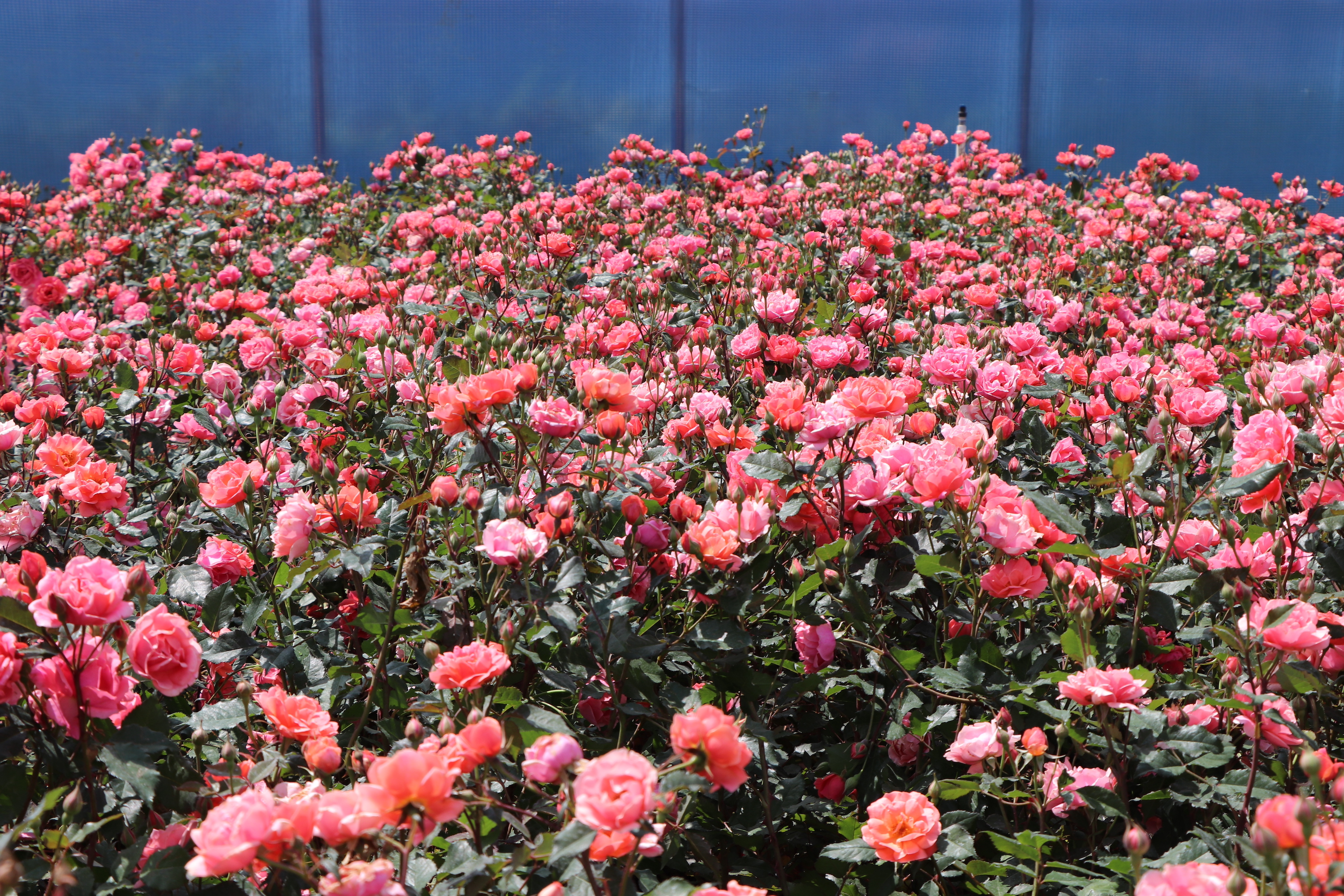
"No, avoid heavy pruning in winter," says Tony. "It's best to wait until late winter or early spring before buds start to swell."
However, he adds that you can cut back any dead or damaged canes to prevent issues during the winter months. So slight maintenance pruning is recommended but cutting them down is a winter rose red flag.
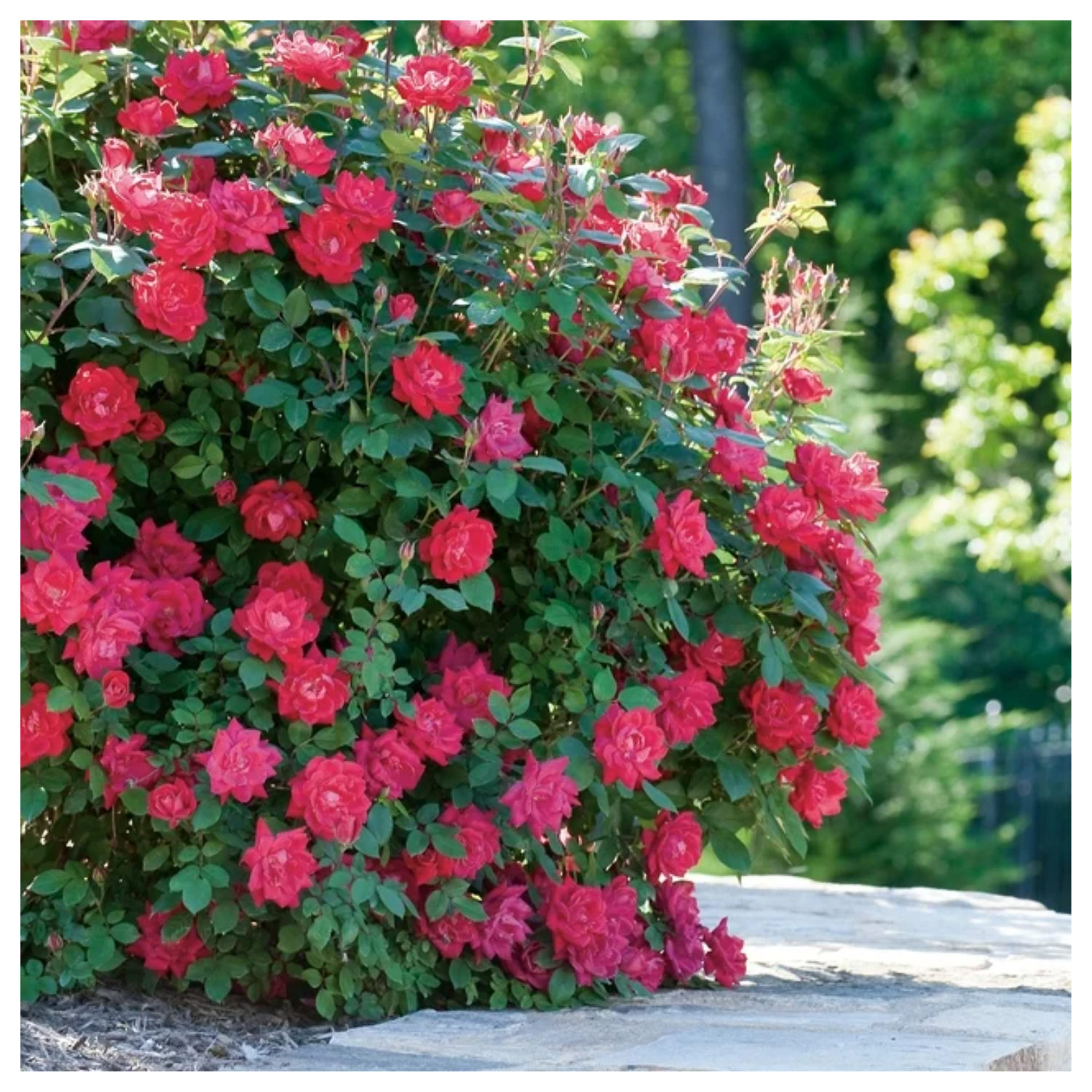
Price: $23
Volume: 1 Gallon
These Red Double Knock Out® Roses from Walmart offer the classic charming foliage you expect when you think of a storybook red rose gardenscape.
Be The First To Know
The Livingetc newsletters are your inside source for what’s shaping interiors now - and what’s next. Discover trend forecasts, smart style ideas, and curated shopping inspiration that brings design to life. Subscribe today and stay ahead of the curve.

Amiya is a Home Wellness Writer at Livingetc. She recently graduated with a Masters Degree in Magazine Journalism from City, University of London, and has lent her words to beauty, fashion, and health sections of lifestyle publications including Harper’s Bazaar and Women’s Health. Her experience as a research analyst has equipped her with an eye for emerging trends. When she’s off the clock, she can be found reading, listening to music, or overanalyzing her latest Co-Star update.
-
 Sateen vs Percale Sheets — What's the Difference, and Which Are Better?
Sateen vs Percale Sheets — What's the Difference, and Which Are Better?Who would have thought a simple weave pattern could make all the difference to your sleep
By Devin Toolen
-
 I Asked Interior Designers to Share the Worst Design Trends They've Seen on Social Media — And What They Want to See Instead
I Asked Interior Designers to Share the Worst Design Trends They've Seen on Social Media — And What They Want to See InsteadJust because something is trending, doesn't mean it's tasteful — from dupe-culture to OTT lighting, here's what designers hate seeing in homes
By Devin Toolen
-
 10 Decluttering Challenges to Have on Your Radar This Year — For a Tidier, More Mindful Home
10 Decluttering Challenges to Have on Your Radar This Year — For a Tidier, More Mindful HomeIf you're interested in transforming your home for the better, here are 10 decluttering challenges I recommend for a professionally tidy space.
By Amiya Baratan
-
 Biophilic Decluttering — What to Take Out of Your Home (and What to Put in) for a More Natural Home
Biophilic Decluttering — What to Take Out of Your Home (and What to Put in) for a More Natural HomeTry your hand at biophilic decluttering to ground your interiors, connect to the environment, and cure chronic clutter in one go. Here's how.
By Amiya Baratan
-
 The 10 Different Types of Kitchen Taps — And the Pros and Cons of Each One to Know Before You Pick
The 10 Different Types of Kitchen Taps — And the Pros and Cons of Each One to Know Before You PickFrom sleek pull-outs to vintage bridge taps, explore 10 kitchen tap styles that mix function, flair, and a splash of cool
By Linda Clayton
-
 How Much Does an Extension Cost in 2025? Renovation and Design Experts Break Down Your Budget
How Much Does an Extension Cost in 2025? Renovation and Design Experts Break Down Your BudgetExplore how much different types of extensions cost in 2025 to budget for your project accurately
By Amy Reeves
-
 9 Bathroom Storage Mistakes You're Probably Making That Make Using This Space Much Harder — And What to Do Instead
9 Bathroom Storage Mistakes You're Probably Making That Make Using This Space Much Harder — And What to Do InsteadDiscover which mistakes are to blame for your overcrowded and cluttered bathroom
By Seraphina Kyprios
-
 These 'Scenting Droplets' Might Be the Coolest (and Most Stylish) Way to Make Your Home Smell Amazing
These 'Scenting Droplets' Might Be the Coolest (and Most Stylish) Way to Make Your Home Smell AmazingIf you're looking to switch out your incense sticks for something more fun, then you should know about Ripple+'s incense droplets. Let me introduce you.
By Amiya Baratan
-
 The Japanese Principle of Iki (粋) Is All About 'Refined Elegance' — Here's How to Embrace It in Your Home
The Japanese Principle of Iki (粋) Is All About 'Refined Elegance' — Here's How to Embrace It in Your HomeIf your interior vibe is all about refined elegance and opulent minimalism, you need to know about the Japanese principle of 'Iki'. Here's how to bring it home.
By Amiya Baratan
-
 What Can I Choose Instead of Brass Taps? 4 Finishes That Are Emerging in 2025's Kitchens and Bathrooms
What Can I Choose Instead of Brass Taps? 4 Finishes That Are Emerging in 2025's Kitchens and BathroomsIf you want to try something a little different for your kitchen or bathroom finishes, these are the trending styles in taps beyond classic brass
By Seraphina Kyprios
